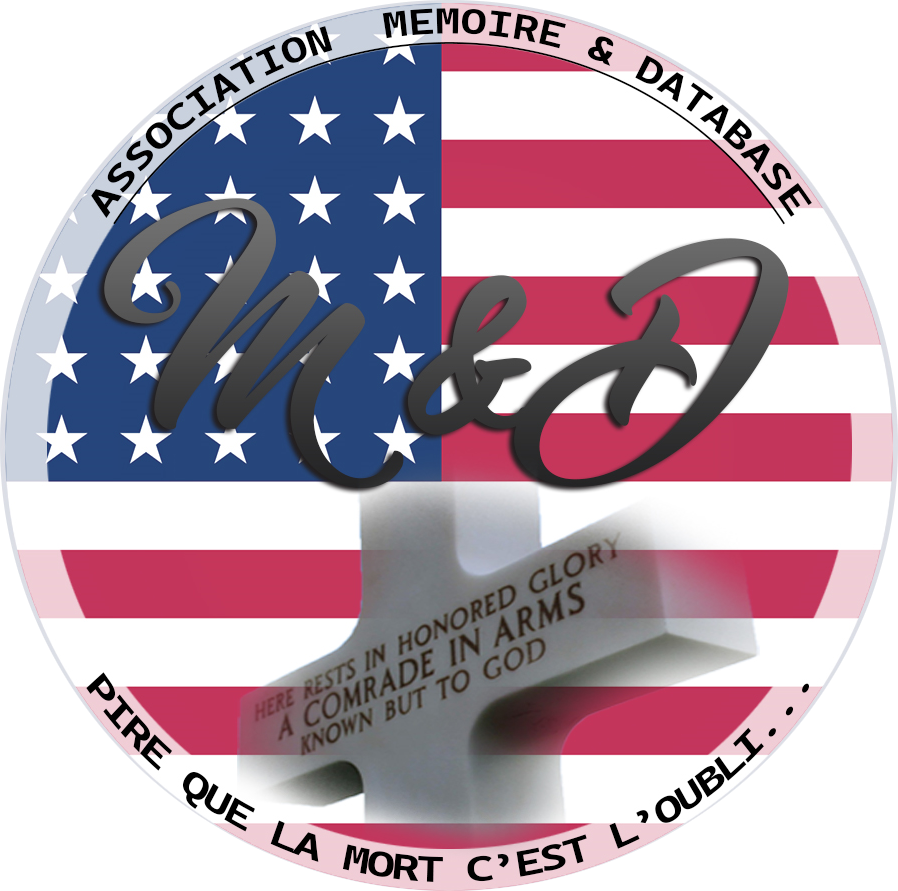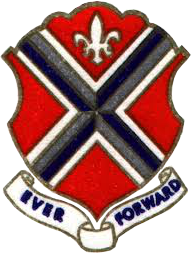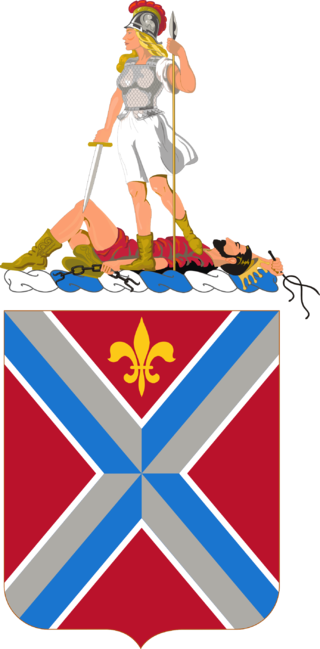|
Herman Joseph BANIA
| ||||||||||||||||||||||||
|---|---|---|---|---|---|---|---|---|---|---|---|---|---|---|---|---|---|---|---|---|---|---|---|---|
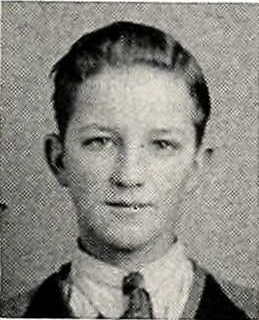 | ||||||||||||||||||||||||
| NUMBER OF SERVICE | 35555109 | |||||||||||||||||||||||
| AGE | 19 yo | |||||||||||||||||||||||
| DATE OF BIRTH | 23 October 1924 Toledo, Lucas County, OHIO | |||||||||||||||||||||||
| ETAT | OHIO | |||||||||||||||||||||||
| FAMILY | Single | |||||||||||||||||||||||
| RANK | Private First Class | |||||||||||||||||||||||
| FONCTION | Infantry | |||||||||||||||||||||||
| JOB BEFORE ENLISTEMENT | Unskilled occupations in production of bakery products, | 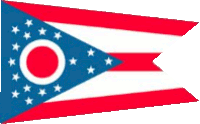 | ||||||||||||||||||||||
| DATE of ENLISTEMENT | 10 may 1943 Toledo OHIO | |||||||||||||||||||||||
| COMPANY | Company D | |||||||||||||||||||||||
| BATTALION | 1st Battalion | |||||||||||||||||||||||
| REGIMENT | 116th Infantry Regiment | |||||||||||||||||||||||
| DIVISION | 29th Infantry Division | |||||||||||||||||||||||
| DATE OF DEATH | 29 july 1944 | 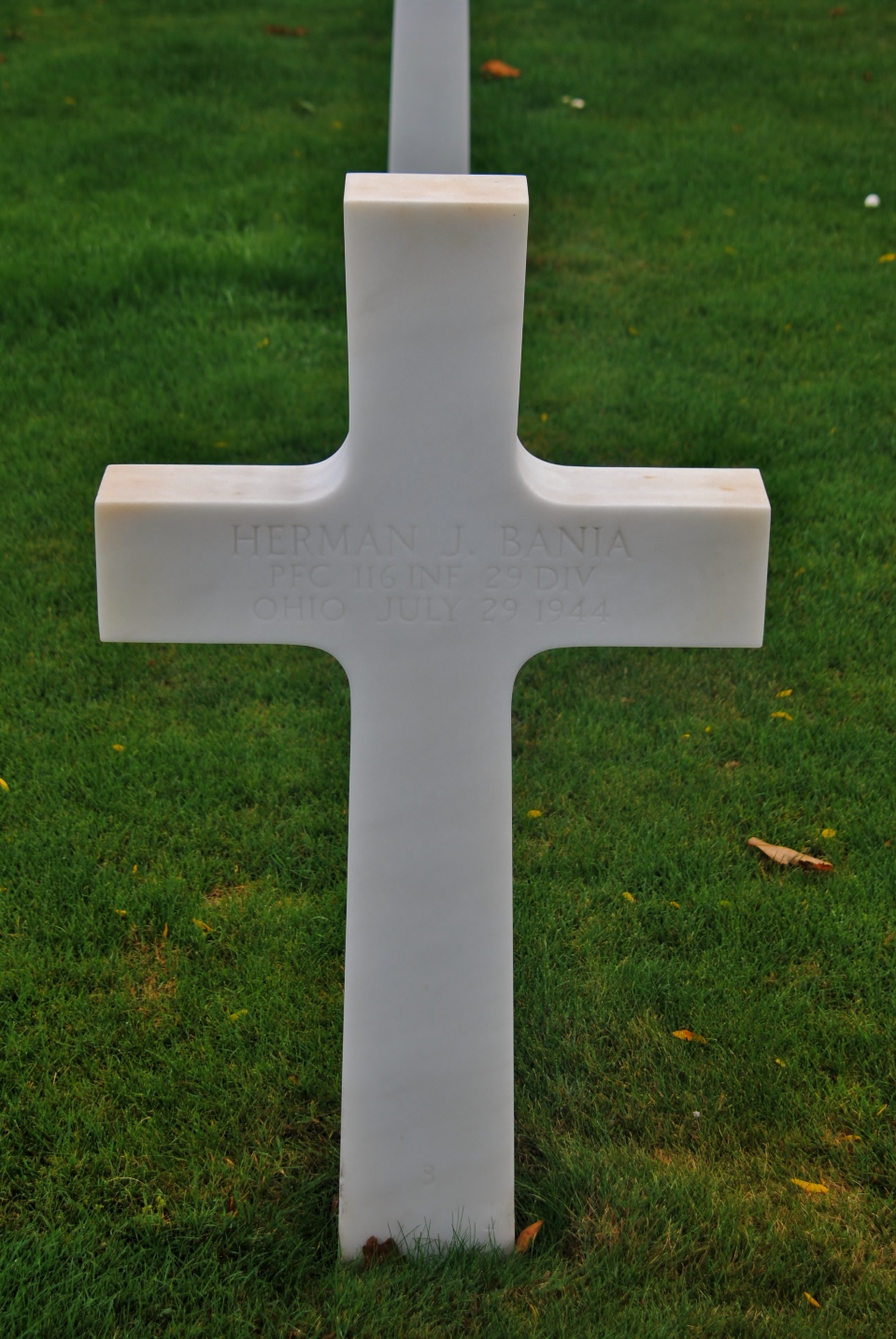 | ||||||||||||||||||||||
| STATUS | KIA | |||||||||||||||||||||||
| PLACE OF DEATH | Villebaudon | |||||||||||||||||||||||
| CEMETERY | BRITTANY AMERICAN CEMETERY of St James | |||||||||||||||||||||||
| GRAVE |
| |||||||||||||||||||||||
| DECORATION |
| |||||||||||||||||||||||
| ||||||||||||||||||||||||
| STORY | ||||||||||||||||||||||||
|
Herman is the son of immigrants from Bohemia, he has a sister Josephine; the family lives in Ohio in Toledo. He finished three years of high school, he is employed in the production of bakery products. Single he enlisted on May 10, 1943 in Toledo, Ohio. After training, he received the MOS from 605, Heavy Machine Gunner; he joined England and then the theater of operations. On July 15, 1944, he was sent from the replacement company in Normandy to Company D, 1st battalion of the 116th Infantry Regiment, 29th Infantry Division. When Herman joined the Company, it was engaged in phase 2 of the capture of Saint-Lô. At the end of the day, the 1st battalion advances on the left of Martinville Ridge and stops at these positions for the night. On July 16, groups from the 1st Battalion attempted to reach La Planche to secure a line between the 2nd and 3rd Battalions and attempted to reconnect with the 2nd Battalion: "The Lost Battalion". On July 17 and 18, the battalion of Herman strengthens the positions on the ridge for the final attack on the city which allows the 3rd battalion of Major Howie to launch out towards the crossroads of the Madeleine… the city is liberated the 18th; the capture of Saint-Lô clears the front for Operation Cobra. On July 19 and 20, the 29th was relieved by the 35th Infantry Division, it was sent to the XIXth Corps reserve at Saint-Clair northeast of Saint-Lô. A few days away from the front lines will boost men's morale near Saint-Clair sur Elle, but the 1st Army cannot do without such a division. The 29th therefore has only eight days to recover. The 29th was launched on July 28 in the battle towards the South and Vire. The story of what happens to Herman becomes somewhat murky at this point; on August 1 it is reported as Missing in Action in the Morning Report of Company D. On August 12 in the Morning Report it is listed as MIA (Missing in Action) then KIA (Killed in Action) on July 26. His gravestone in the cemetery of Saint-James indicates July 29 as the date of death, and on July 29 the 116th Infantry Regiment was in its first engagement at Moyon… | ||||||||||||||||||||||||
| | ||||||||||||||||||||||||
Activated/Activé |
Normandy/Normandie |
| 3 Feb 1941 | Days of Combat/Jour de Combat 242 |
| Casualties/Victimes 20 620 | |
Entered Combat/Entré au combat |
|
| 6 Jun1944 D-Day | |
|
Commanding Generals/Commandants généraux Maj. Gen. Milton A. Reckord (Feb 41 - Jan 42) |
Campaigns/CampagnesNormandy (6 Jun 44 - 24 Jul 44)
|
PLAN DE ROUTE DE LA CAMPAGNE - CAMPAIGN ROUTE MAP |
|
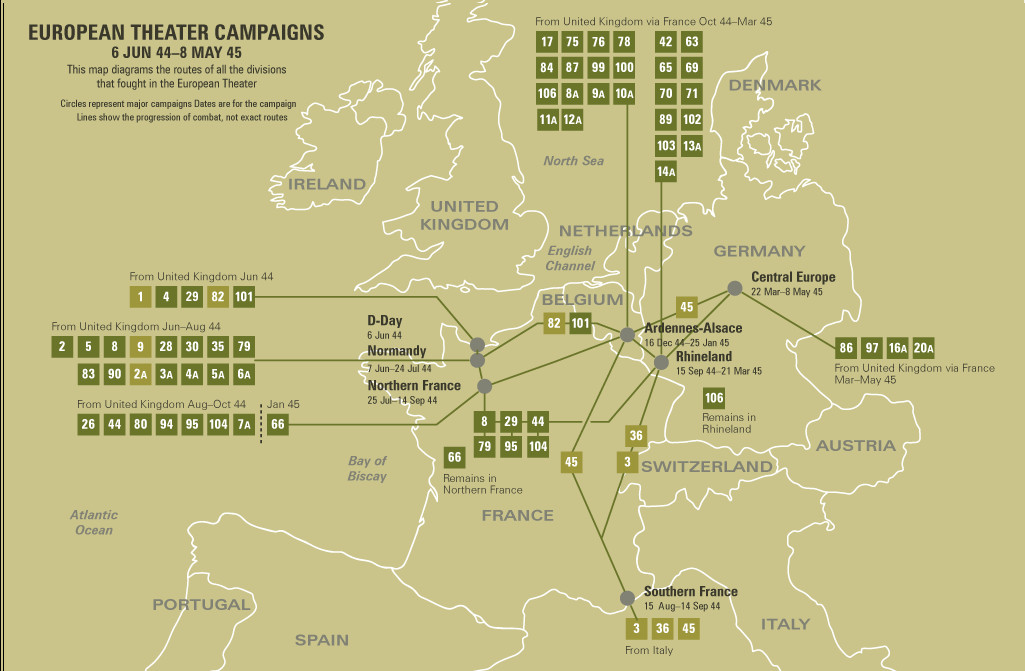 |
|
DIVISION CHRONICLEThe 29th Infantry Division trained in Scotland and England for the crosschannel invasion, October 1942-June 1944. Teamed with the 1st Division, a regiment of the 29th (116th Infantry) was in the first assault wave to hit the beaches at Normandy on D-day, 6 June 1944. Landing on Omaha Beach on the same day in the face of intense enemy fire, the Division soon secured the bluff tops and occupied Isigny, 9 June. The Division cut across the Elle River and advanced slowly toward St. Lo, fighting bitterly in the Normandy hedge rows. After taking St. Lo, 18 July 1944, the Division joined in the battle for Vire, capturing that strongly held city, 7 August. Turning west, the 29th took part in the assault on Brest, 25 August-18 September 1944. After a short rest, the Division moved to defensive positions along the Teveren-Geilenkirchen line in Germany and maintained those positions through October. (In mid-October the 116th Infantry took part in the fighting at the Aachen Gap.) On 16 November the Division began its drive to the Roer, blasting its way through Siersdorf, Setterich, Durboslar, and Bettendorf, and reaching the Roer by the end of the month. Heavy fighting reduced Julich Sportplatz and the Hasenfeld Gut, 8 December. From 8 December 1944 to 23 February 1945, the Division held defensive positions along the Roer and prepared for the offensive. The attack jumped off across the Roer, 23 February, and carried the Division through Julich, Broich, Immerath, and Titz, to Munchen-Gladbach, 1 March 1945. The Division was out of combat in March. In early April the 116th Infantry helped mop up in the Ruhr area. On 19 April 1945 the Division pushed to the Elbe and held defensive positions until 4 May. Meanwhile, the 175th Infantry cleared the Klotze Forest. After VE-day, the Division was on military government duty in the Bremen enclave. |
CHRONIQUE DE DIVISIONLa 29th Infantry Division s'entraîna en Ecosse et en Angleterre pour l'invasion crosschannel, d'octobre 1942 à juin 1944. En équipe avec la 1st Division, un régiment du 29th (116th Infantry) se trouvait dans la première vague d'assaut pour frapper les plages de Normandie. Le 6 juin 1944, débarquant à Omaha Beach, le même jour, face à un feu nourri de l'ennemi, la division s'empara bientôt des falaises et occupa Isigny, le 9 juin. La Division traversa la rivière Elle et s'avança lentement vers Saint-Lô, se battant amèrement dans les rangées de haies de Normandie. Après avoir pris St. Lo, le 18 juillet 1944, la division se joignit à la bataille de Vire pour s'emparer de cette ville fortement occupée, le 7 août. Tournant vers l'ouest, le 29 a pris part à l'assaut sur Brest, 25 août-18 septembre 1944. Après un court repos, la division a déménagé à des positions défensives le long de la ligne Teveren-Geilenkirchen en Allemagne et a maintenu ces positions jusqu'en octobre. (À la mi-octobre, le 116e régiment d'infanterie prit part aux combats à Aix-la-Chapelle.) Le 16 novembre, la division commença sa route vers la Roer, traversant Siersdorf, Setterich, Durboslar et Bettendorf, et atteignant la Roer par la fin du mois. Les combats intenses ont réduit Julich Sportplatz et le Hasenfeld Gut, le 8 décembre. Du 8 décembre 1944 au 23 février 1945, la division occupe des positions défensives le long de la Roer et se prépare à l'offensive. L'attaque a sauté à travers le Roer, le 23 février, et a porté la Division par l'intermédiaire de Julich, Broich, Immerath, et Titz, à Munchen-Gladbach, le 1er mars 1945. La Division était hors combat en mars. Au début du mois d'avril, le 116th Infantry a aidé à nettoyer la région de la Ruhr. Le 19 avril 1945, la division pousse vers l'Elbe et occupe des positions défensives jusqu'au 4 mai. Pendant ce temps, le 175th Infantry a dégagé la forêt de Klotze. Après le jour de la victoire, la division était en service militaire dans l'enclave de Brême. |
| SOURCE INFORMATION & PHOTO | Armydivs.squarespace.com |
|---|
| SOURCE INFORMATION & PHOTO | Findagrave.com - Aad.archives.gov - Abmc.gov - Clive TIRLEMONT - Bruno CADEVILLE - Frogman - BKF |
|---|---|
| PROGRAMMER | Frédéric & Renaud |


